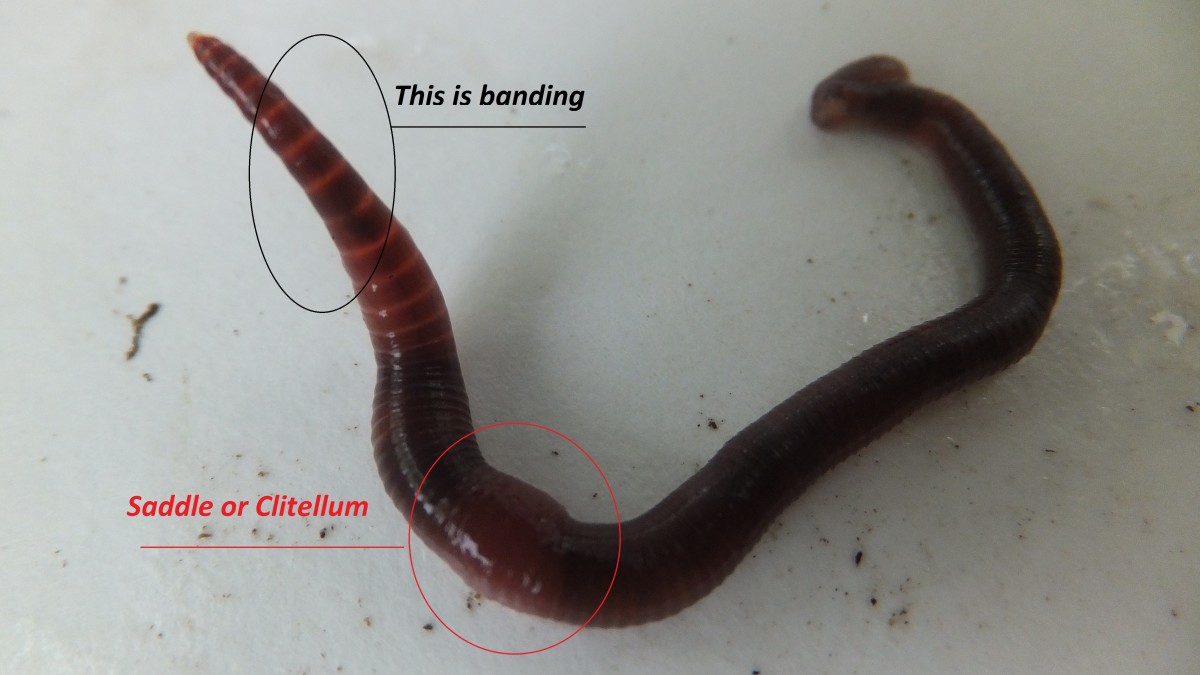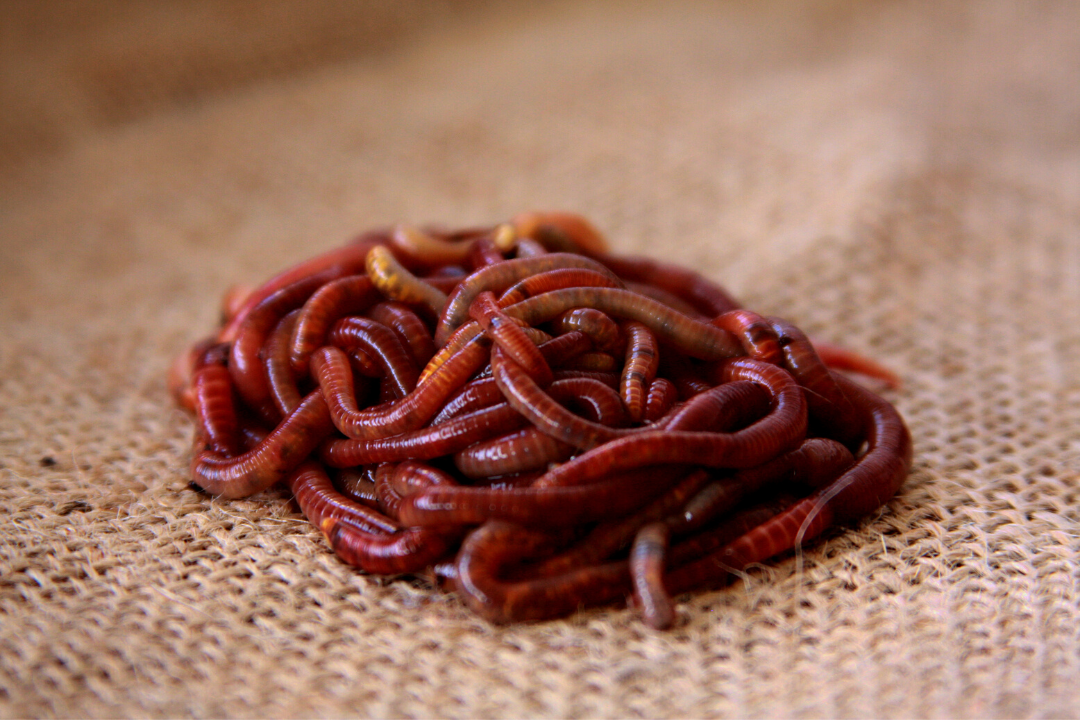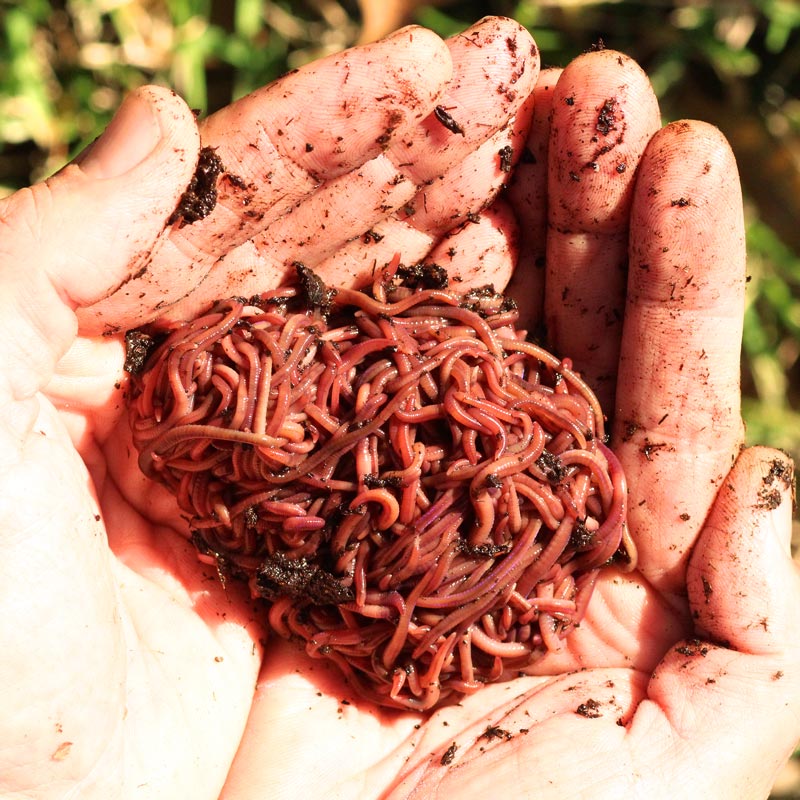Enjoy Healthy, Thriving Grass with the Help of Red Wiggler Express Lawn Care Solutions
Enjoy Healthy, Thriving Grass with the Help of Red Wiggler Express Lawn Care Solutions
Blog Article
Open the Keys of Red Wigglers: Your Guide to Composting Success
The integration of red wigglers into composting techniques offers a considerable chance for improving dirt health and promoting sustainability. Recognizing their needs and habits is essential for enhancing their potential, from setting up a suitable worm bin to feeding them the ideal products.

What Are Red Wigglers?
(Red Wiggler Express)Red wigglers, medically called Eisenia fetida, are a varieties of earthworm largely made use of in composting because of their remarkable capability to decompose natural issue successfully. These worms are identified by their reddish-brown pigmentation and a fractional body, generally gauging between 3 to 4 inches in size. Unlike other earthworm types, red wigglers flourish in rich, natural atmospheres, making them perfect for vermicomposting systems.
Belonging To North America, they are commonly located in decaying leaves and compost heap, where they play a vital role in nutrient recycling. Their adaptation to staying in a moist, cardio atmosphere enables them to eat big amounts of natural waste, breaking it down right into nutrient-rich spreadings that enhance soil health and wellness.
Red wigglers recreate rapidly, with a solitary worm qualified of creating numerous cocoons each week, each having multiple hatchlings. Understanding the biology and actions of red wigglers is important for optimizing their potential in composting applications.
Benefits of Making Use Of Red Wigglers
Utilizing the power of red wigglers in composting offers many advantages that boost soil health and wellness and advertise sustainable waste management. These remarkable microorganisms efficiently damage down organic matter, changing kitchen area scraps and lawn waste into nutrient-rich vermicompost. This finished item is extremely valuable for plant development, as it boosts dirt framework, raises dampness retention, and improves vitamins and mineral accessibility.

(Red Wiggler Express)In addition, the visibility of red wigglers in your composting system can accelerate the composting procedure, generating high-quality compost in a portion of the time contrasted to standard methods. The castings created by these worms are likewise including valuable bacteria that additionally improve the soil environment.
Establishing Up Your Worm Bin
Developing an efficient worm bin is a straightforward procedure that can dramatically boost your composting efforts. Worm bins can be made from plastic storage bins, wood boxes, or commercially readily available worm containers.
Next, prepare the bed linen material, which works as the worms' habitat. A mix of shredded paper, cardboard, and coconut coir functions well, supplying a comfortable setting for the worms. Aim for a bed linen depth of concerning 4-6 inches. Moisten the bedding lightly, guaranteeing it resembles a wet sponge without excess water pooling at the bottom.

Feeding Your Red Wigglers
To ensure the wellness and productivity of your red wigglers, it is important to offer them with a well balanced diet regimen that fulfills their dietary demands. Red wigglers grow on a diverse range of natural materials, which not just supply needed nutrients but also promote reliable composting.
Start by incorporating kitchen scraps such as vegetable peels, fruit cores, and coffee premises. Stay clear of citrus fruits, onions, and garlic, as these can be harmful to worm wellness. Additionally, introduce shredded paper, cardboard, and completely dry fallen leaves to develop a well-aerated setting.
Feeding frequency should be kept track of; normally, worms can eat half their body weight in food weekly. It is critical to avoid overfeeding, as excess food can lead to unpleasant odors and bring in bugs. A great method is to add food in percentages, enabling worms to refine it before presenting extra.
Maintaining wetness degrees is also essential; the bed linens needs to be wet however not soggy. Finally, make sure to routinely examine the temperature level and pH degrees of the container to make certain an ideal setting for your red wigglers, eventually enhancing their composting effectiveness.
Harvesting and Utilizing Garden Compost
An effective composting process with visit this website red wigglers finishes in the abundant, dark compost understood as vermicompost, which can significantly enhance dirt wellness and plant growth. Harvesting this nutrient-dense material normally happens every 3 to six months, relying on the dimension of your system and the amount of organic matter being refined.
To harvest, carefully different the compost from the worms and any type of undecomposed products. One effective method includes moving the components of the bin away and including fresh bedding and food to the void, motivating the worms to move. After a couple of days, the garden compost can be collected from the contrary side.
It is vital to use vermicompost correctly to optimize its advantages. It can be made use of as a top dressing for garden beds, combined into potting soil, or brewed right into a nutrient-rich liquid plant food recognized as "worm tea." This application approach helps to supply necessary nutrients straight to plant roots, promoting much healthier development. By integrating vermicompost right into your horticulture program, you not only recycle organic waste yet additionally develop a flourishing ecological community that supports sustainable horticulture practices.
Final Thought
In summary, red wigglers serve as extraordinary allies in composting efforts, changing organic waste right into nutrient-rich vermicompost. By recognizing the optimal conditions for their habitat, feeding needs, and garden compost harvesting strategies, garden enthusiasts can improve soil health and promote plant vigor.
Report this page